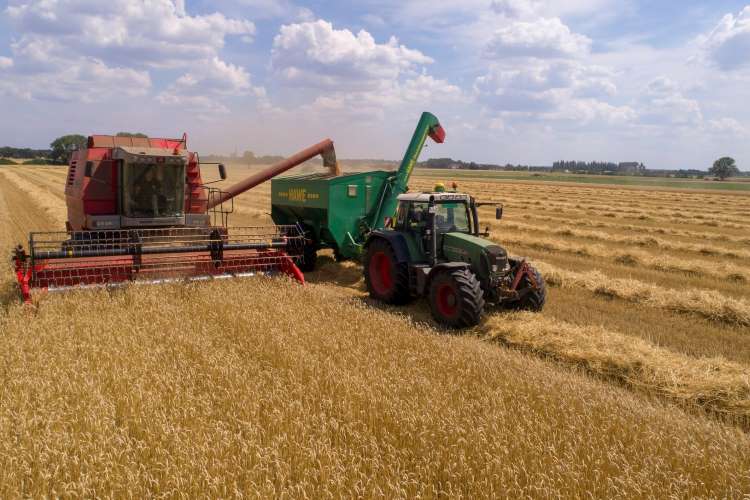
New Delhi finds itself at the centre of national and international media coverage towards the end of the year and also earns monikers such as gas chamber. The air quality in the capital city breaches the level of hazardous after Diwali festival. The period witnesses intense political clashes in media and social media platforms with different groups blaming fire crackers, vehicular pollution and stubble burning for endangering the health of around 46 million people living in the National Capital Region which includes some neighbouring districts of Haryana and Uttar Pradesh.
Most of the blame for Delhi area’s poor air quality is assigned to stubble burning in Punjab, Haryana and Uttar Pradesh, as it is convenient for the people and the state government to accuse external forces. While it may not be the single largest reason behind the air pollution crisis, it is true that stubble burning, or parali as it is locally known, causes air quality to deteriorate in an alarming manner and compounds the air quality problem faced by the region. The post-Diwali days is a harrowing time for the people living in the area, especially those suffering from breathing problems.
READ | COP27: Little optimism around UN climate change talks
While Punjab, Haryana and Uttar Pradesh are infamous for stubble burning, Punjab is the biggest culprit with a major spike in the number of incidents. The cumulative farm fire cases between September 15 and November 5 this year reached 29,400, according to Punjab Remote Sensing Centre data. However, in the same period in 2020 and 2021, the state had recorded 29,615 and 13,124 stubble burning incidents.
Farmers often see stubble burning as the last resort as the window for sowing rabi crop wheat after paddy harvest is very short. Thus, they set their fields on fire to quickly clear the crop residue. But if this is such an evident issue, why does the government not intervene and what are the other options for farmers?
Lessons in stubble burning
It is not that all villages in Punjab, Haryana and Rajasthan can be accused of burning stubble. In fact, several villages have found a solution to the problem that can be replicated by their compatriots in the three states. Alternative methods to clear fields are being deployed by these villages despite these techniques have higher cost in terms of resources and time.
According to villagers, creating awareness must be a priority for the government if it wishes to take significant steps in resolving the problem. Local authorities may convince farmers to give up stubble burning, they say. Locals can also play a crucial role in preventing farm fires. In villages where the practice is prevalent, no time must be wasted in informing the police and agriculture department in case someone tries to burn stubble, and according to villagers, there is a need for building better infrastructure such as roads.
The farmers who have quit the practice say that they push stubble back into the soil. This results in better yield at the end of the season and also cuts use of fertilisers. For pushing back stubble, farmers use a super seeder. The machine is tied to a tractor and it sows seeds and sprays fertiliser across the field. Since the cost of the whole setup is high, smaller farmers rent the super seeder every season, while larger landowners buy it and rent it out when not in use.
Experts give their nod to this practice saying those farmers who can afford expensive machinery must consider renting them out to smaller farmers at low rates. Another method of managing stubble is through baling where stacks or ‘bales’ are made out of stubble using a baler machine. These bales are in turn used as fodder by cattle rearers who bear the cost of labour and diesel. The major hesitation on farmers’ behalf is because it results in additional cost of up to Rs 3,000 per acre for the farmer.
READ | Wheat exports: Uncertainty looms despite Russia’s re-entry into deal
In yet another way of managing stubble, farmers of Haryana are claiming that they are not keen to burn stubble this year as the government is buying it for Rs 5000 per tonne. Local farmers are also weighing in converting stubble into fodder, thereby reducing the number of stubble-burning incidents in the state.
The farmers of neighbouring states have become the fall guys in the political blame game. Apart from farm fires there are several other factors contributing to the poor air quality in the region. Some of them are: landfill and garbage dumps, emissions from industries, use of firecrackers, emissions from construction sites, emission from vehicles, and over-population. Without addressing these issues, Delhi cannot achieve pollution-free environment.
